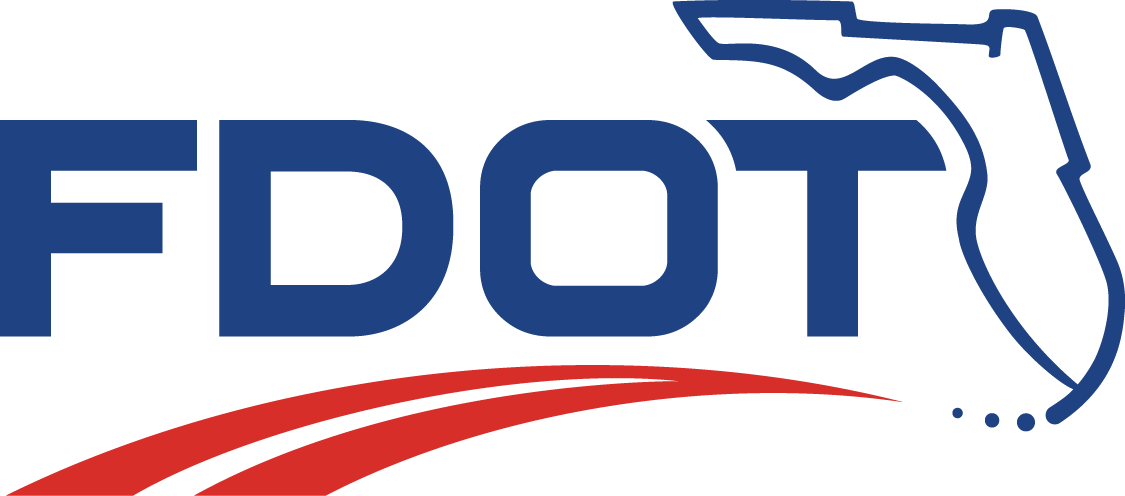
For Immediate Release
June 28, 2024
I-4 Project Segments to Now Provide Congestion Relief by End of 2025
I-4 Auxiliary Lanes to be Further Accelerated and Provide Congestion Relief Even Sooner
KISSIMMEE, Fla. – In case you missed it this week, Governor Ron DeSantis and the Florida Department of Transportation (FDOT) announced congestion relief will be felt by Floridians and tourists along the Interstate 4 (I-4) corridor by the end of 2025 as a result of innovation and additional acceleration of regional Moving Florida Forward Infrastructure Initiative projects.
The series of I-4 projects that comprise the Moving Florida Forward Infrastructure Initiative, locally referred to as the Moving I-4 Forward Program, will begin earlier than originally scheduled with the construction of auxiliary lanes and the advanced construction of two project segments along I-4 at ChampionsGate and World Drive. This advancement means travelers will actually start feeling congestion relief by the end of 2025 rather than at the end of planned program completion in 2030.
“It is great news that FDOT has been able to further accelerate this segment of I-4’s congestion relief. Drivers do not want to sit in traffic, they want to be at home with their families. These auxiliary lanes are part of the solution in delivering a better quality of life for our residents and visitors,” said FDOT Secretary Jared W. Perdue, P.E. “FDOT is laser-focused on getting the job done and ensuring our roads keep pace with Florida’s growth as people continue to move here to enjoy Florida’s freedom and our strong economy.”
By starting these projects with construction efforts at ChampionsGate and World Drive, FDOT will expedite the completion of core projects along the I-4 corridor. This plan will facilitate less disruptive traffic shifts during all the combined construction work in the region and ensure projects can be constructed independently and faster − breaking away from traditional and sequential construction scheduling.
This enhancement is expected to significantly improve traffic flow and reduce travel times for commuters, tourists, and freight carriers in the region, and will also assist with traffic movements during the construction of the larger, subsequent I-4 project segments.
“Thanks to Governor DeSantis’ leadership and forward-thinking approach, we were empowered to look at even more ways to expedite these critical infrastructure improvements,” said FDOT Assistant Secretary Will Watts. “Moving Florida Forward was already poised to benefit Floridians, and with the re-sequencing of the delivery for these auxiliary lanes, drivers will start to see relief by the end of 2025 at one of most congested areas in the state.”
In addition to the expedited construction phasing, FDOT is also debuting a first-in-the-nation contracting process designed to enhance collaboration with industry partners for faster project delivery. This new project delivery method called Modified Phased Design-Build (MPDB) enables the Department to select multiple design and construction teams for one project and allows construction to begin earlier than with traditional delivery methods. The MPDB method will provide benefits to Floridians by expediting the completion of projects and leveraging the strength and expertise of the whole transportation industry to drive innovation and efficiencies, a focal point of FDOT’s commitment to innovation.
For more information about the Moving Florida Forward Infrastructure Initiative, please visit FDOT.gov/MovingFloridaForward and MovingI4Forward.com.

